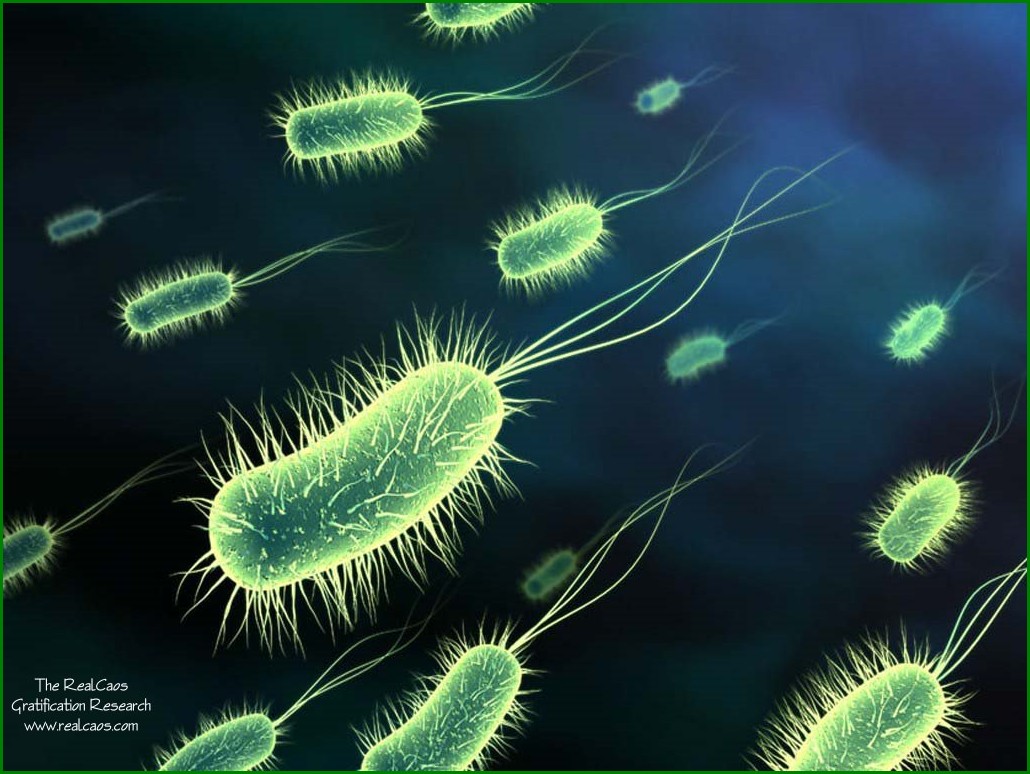A man will continue the destruction of the Earth's ecosystems unabated When asked what would happen to the world if we went at once to renewable energy sources, the answer is simple, that is, almost nothing would have changed would be, at least for biodiversity and ecosystems.
The climate change issue would be solved, but the banter Fisher from Monash University (Australia) and colleagues from different countries agree on the fact that people still continue the destruction of the Earth's ecosystems unabated.
Figure Pusteblumex3.
The fact that climate change, according to a scientist on the site The Conversation, - problem, not the problem. Yes, it is a problem that requires emergency action to avoid the worst of the turning points in our environmental history. But that is not the problem, after which the solutions to the world the long-awaited paradise.
There are many other aspects of the relationship between man and nature, which are highly detrimental to biodiversity.
Without biodiversity in all its forms, creating a complex network of interconnected systems that keep the biosphere in the homeostasis of what we take for granted (temperature, oxygen levels in the atmosphere, even the concentration of salt in the sea), will cease to support life in the accustomed way.
Mr. Fisher said that the driving force of this mass extinction acts nothing like climate change. In fact, the disastrous consequences of the greenhouse effect is yet to come (though closer than we thought quite recently).
The current trajectory of biodiversity loss and ecosystem disruption - the result of deforestation, overfishing, chemical pollution, soil degradation and erosion, habitat destruction, desertification, and so on. All this - the function of the huge amount of energy, caught at our disposal. We have too much of it.
Its use is harmful to ecosystems.
We use energy and materials beyond reasonable limits. 51% of world energy use has on the industry, 20% - on transport, 18% - for life, 12% - for commerce. But everything is interconnected, stressed Mr.
Fisher, and to meet our basic needs, we both natural and chemically destroying the ecosystem.
What are the reasonable limits? The expert believes that the answer to this question should consider four main factors.
First, according to the Global Footprint Network, we consume a half times more than the Earth produces in a year. To restore balance to our physical and energetic credit card, we must reduce consumption of natural resources, at least a third.
Second, the population will almost inevitably increase by another 25%. To meet the needs of infants, it is necessary to reduce the consumption of natural resources, yet a quarter.
Third, 20% of the wealthiest people on the planet is 40 times richer than the poorest 20%. It is morally and geopolitically irrationally. The top 20% would be good to reduce the consumption of four times, and lower - to increase it to the same degree. Then the fat cats richer the poor are just 2.5 times, which is more reasonable.
For a particularly rich countries (such as Australia), this will mean a reduction in the consumption of natural resources by another 75%.
Finally, the planet (and therefore mankind) necessary safety margin. For example, according to the government of New South Wales, the safety factor of steel that went to the creation of the Harbour Bridge in Sydney (one of the largest steel arch bridge in the world, opened in 1932), ranges from 1.9 to 2.5. For the main arch beams firm Dorman, Long Co. Ltd. chose silicon steel. When compressed to withstand the load of 2.2-2.4 times greater rigor than expected.
Similarly, we have no right to expect the use of the earth's resources without regard to unforeseen events. If we choose a safety factor of 2, then we will have to reduce consumption by 50%.
As a result, says Mr. Fisher, sustainable use of natural resources implies that we will apply to only 6% of the amount of materials and energy, which now consumes, say, Australia.
That's the goal, without reaching it we have very little chance of being realized main task - survival. Timid scientist hopes that this survival is what the majority wants.
Suppose that we, mankind, out of the current crisis relatively unscathed planetary sustainability and a hundred years later stabilized the global ecosystem. What do we see? We see a healthy planet: Biodiversity has ceased to decline (halt the mass extinction), the atmospheric concentration of carbon dioxide is at a constant level, population size decreases controlled, chemical, and physical damage to ecosystems eliminated.
To carry out such a profound and radical change, we have to rethink all the ways the political, economic and social organization of humanity.
When Mr. Fisher asked where to start, he philosophically says with themselves. Now we have an adversarial system of management and in politics and in the economy.
It is effective in an open space with a small number of people, as in the case of a disaster can be to move to a new location.
One Earth - is a closed system with a large number of the population. There is no place to move, the wounds have to be treated on the spot. Here we need a cooperative system of political and economic organization.
You need to start working now to discuss new ideas and to experiment. We do not have much time, but the chances of a new Renaissance is still there.
The crisis of sustainability does not begin and end with climate change.
in the footsteps of The Conversation, compulenta.computerra.ru
